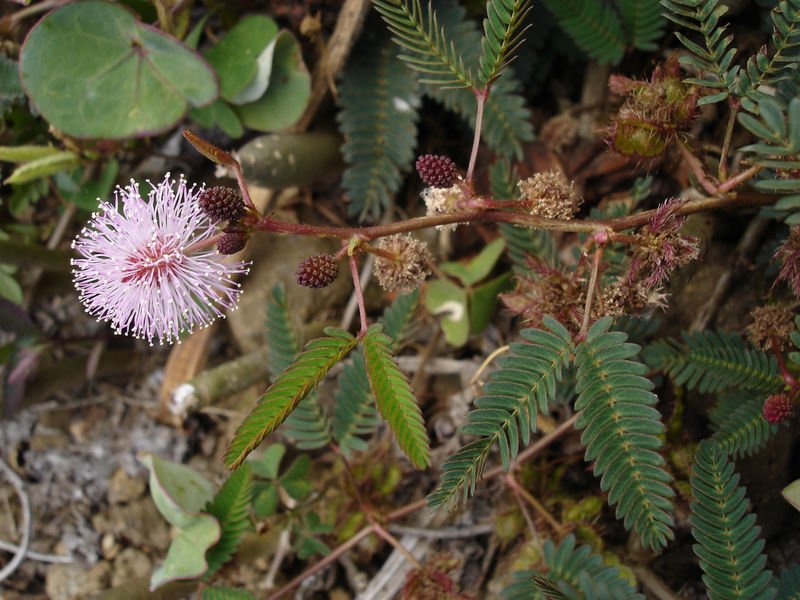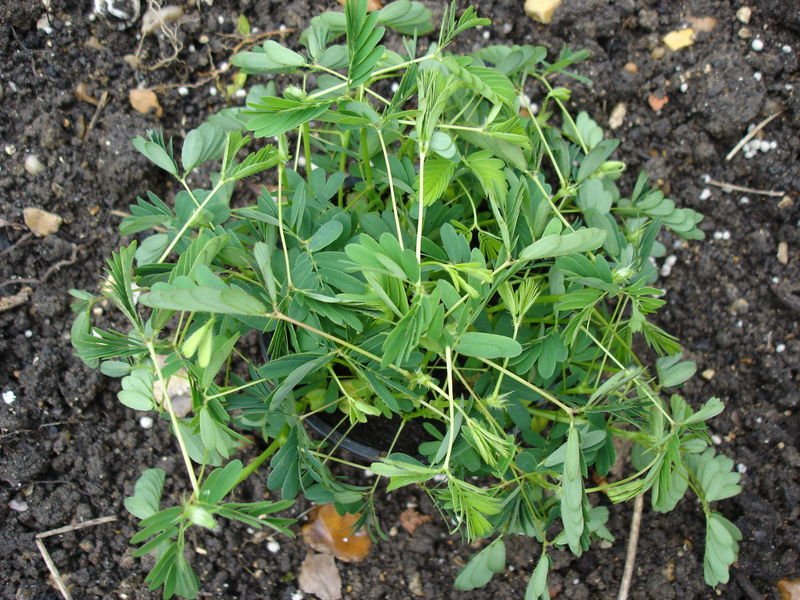|
TRANSLATIONS
It would have been interesting to know whether Metoro had chosen to say rau hei or toa tauuru at the parallel glyphs of the night in H/P/Q. Was he in his readings solely guided by knowledge about the glyphs or did he understand also what the texts were about? Had he said toa tauuru also when reading the night calendars of H/P/Q, we could have known that he knew what the texts were about. I here assume that toa tauuru was a term for the subdivisions of the night. But assuming this, by implication, I also assume that Metoro knew what he was reading. Toa tauuru was evidently a more specific term than toa. However, we have seen that the term was used also in the text of Aruku Kurenga:
Here he used the term tauuru without toa, which is somewhat curious because he did use the word toa sometimes at rau hei glyphs:
At Bb3-12 he said te uru papageti which sounds very similar to tauru papagete at Aa1-41:
If Metoro knew what the texts were about, then we should draw the conclusion that these 10 glyphs also has as its subject the night:
There are 4 rau hei, and they form a 6-fold pattern:
The tapa mea in Bb3-17 has 6 marks, i.e. points to the sun. In Bb3-11 we have an upside down GD69 (which normally is called nuku by Metoro).
The land is upside down: maybe a description of the night - the time when the right side of the earth, where sun is shining, is on the opposite side. The globe has us on its underside. In Aa1-39 we may have a similar statement expressed by way of a reference to the upside down and lifeless state of toa:
There is another similar text in Aruku Kurenga:
Though here we have 16 glyphs and 7 marks on tapa mea (Ba9-21).
We cannot pursue this line of thought any further, but there are other texts (e.g. in H) which obviously are parallel in theme. Before leaving the subject, however, I feel it necessary to add a few items. First I would like to underline how close in thought the warrior (to'a) is to the canoe: ... When Captain Beechey visited Mangareva in 1824, he saw rafts only, and the lack of canoes has led to various theories about the degradation of Mangarevan culture. Many European writers have assumed that the Mangarevans made their long sea voyages on rafts, although the native history and Laval's manuscript show clearly that the Mangarevans made voyages outside the group on double canoes, like other Polynesians. Within the group itself, however, they used rafts both for transport and for fishing. They were quite convenient and were easier to make. The double canoes were owned only by the chiefs who could command the timber from their estates and could employ skilled craftsmen... The last double canoes were destroyed early in the nineteenth century in war between Mataira and Te Ma-teoa, the grandfather of the last king, Te Ma-puteoa. Te Ma-teoa acquired supreme power and, as the construction of a double canoe was looked upon as a preliminary to war, he forbade the building of any new canoe. Hence the use of canoes for war or voyages ceased, and inter-island transport and fishing were conducted on rafts ... Secondly, having established the close connection between to'a and vaka, the result of combining warriors with a convenient vehicle for attack will be grisly: ... Across the bows connecting each double canoe was a floor, covering the chambers containing idols, drums, trumpet shells, and other treasures for the gods and people of Ra'itea; and upon the floor were placed in a row sacrifices from abroad, which consisted of human victims brought for that purpose and just slain, and great fishes newly caught from fishing grounds of the neighboring islands. They were placed upon the floor, parallel with the canoe, alternatively a man and a cavalli fish, a man and a shark, a man and a turtle, and finally a man closed in the line ... ... They strung them through the heads with sennit, and act called tu'i-aha, and then suspended them upon the boughs of the trees of the seaside and inwards, the fish diversifying the ghastly spectacle of the human bodies, a decoration called ra'a nu'u a 'Oro-mata-'oa (sacredness of the host of Warrior-of-long-face) ... We should take note of the expression ra'a nu'u. While obviously nu'u is the Tahitian equivalent of Mangarevan nuku (land etc), the word ra'a ('sacredness' according to Teuira Henry) reminds us about Raá, the sun god. I imagine that there once a very long time ago was a relationship between the sun god and holy.
Nevertheless, we may here have another explanation for the nuku glyphs (GD69) in the nighttime calendars. The upside down hanging victims (rau hei, mimosa branches) may be Easter Island 'decorations' of the same kind as those called ra'a nu'u, sacredness (ra'a) of the host (nu'u) on Tahiti, beautiful offers to the gods.
"The Sensitive plant (Mimosa pudica L.) is a creeping annual or perennial herb often grown for its curiosity value: the compound leaves fold inward and droop when touched, re-opening within minutes. Mimosa pudica is native to Brazil, but is now a pantropical weed. Other names given to this curious plant are Humble plant, TickleMe Plant, Shame plant, Sleeping grass, Prayer Plant, Touch-me-not, Makahiya (Philippines, meaning 'shy'), Mori Vivi (West Indies), mate-loi (false death) (Tonga). The Chinese name for this plant translates to 'shyness grass'. The species epithet, pudica, is Latin for 'bashful' or 'shrinking', because of its curious nature and easy procreation. Its Sinhala name is Nidikumba, where 'nidi' means 'sleep'. The seeds are currently marketed to children under the name 'TickleMe Plant'. The stem is erect in young plants, but becomes creeping or trailing with age ... ... In the evening the leaflets will fold together and the whole leaf droops downward. It then re-opens at sunrise ..." (Wikipedia)
Mimosa pudica may illustrate how life and death are close and that death is no more than a temporary illusory phase. Given that, it is not easy to associate further in the chain: warrior (to'a) → double-canoe (vaka) → sacrificed victim (rau hei) Next link in the chain surely will be how death is the necessary origin from which life will emerge. Entering into the pit of death in the west, emerging from the pit of life in the east: ... Curiously the name of Tuesday is given as po e rua by Churchill ... The nighttime travel is by canoe: ... Polynesian canoes were often likened to the bodies of great ancestors or to Tane as First Man. The canoe which transported the first exploratory voyage to Rapa Nui was said to have been called The Living Wood, a reference to Tane ... Night is female in character, however, and the new life is transported by a female who is pregnant. She is the sensitive living night canoe (while man is the stoic daylight war canoe). ... When a double-canoe is loaded with people, poultry and plants it is like a little planet of plenty on its own ... ... Then Matua said to Hotu, 'Launch the canoe, gather the people, and sail on board the canoe to Te Pito O Te Kainga. Sail on and let children be born by the many in Te Pito O Te Kainga [i.e., the number of your subjects will increase in the new homeland]. Not one thing shall remain behind [i.e., everything that is needed will be taken along] when you leave!' ... The pregnant wife of Hotu Matu'a sails with him and gives birth at Anakena, and her name is Vakai (vaka-i). The final -i cannot be a preposition, therefore the probable explanation is that we should read -î, the meaning of which is explained by Vanaga as: Full; ku-î-á te kete i te kumara, the bag is full of sweet potatoes. 2. To abound, to be plentiful; ki î te îka i uta, as there are lots of fish on the beach. 3. To start crying (of a baby): i-ûi-era te ma-tu'a ku-î-á te poki mo tagi, he-ma'u kihaho, when a mother saw that her baby was starting to cry she would take it outside. Vakai then becomes the 'canoe' which is full (of life) - like Noah's ark ... |
|||||||||||||||||||||||||||||||||||||||||||||||||||||||||||||||||||||||||||||||||||||||||||||||||||||||||||||||||||||||||||||||||||||||||||||||||||||||||||||||||||||||||||||||||||||||||||||||||||||||||||||||||||||||||||||||||||||||||||||||||












